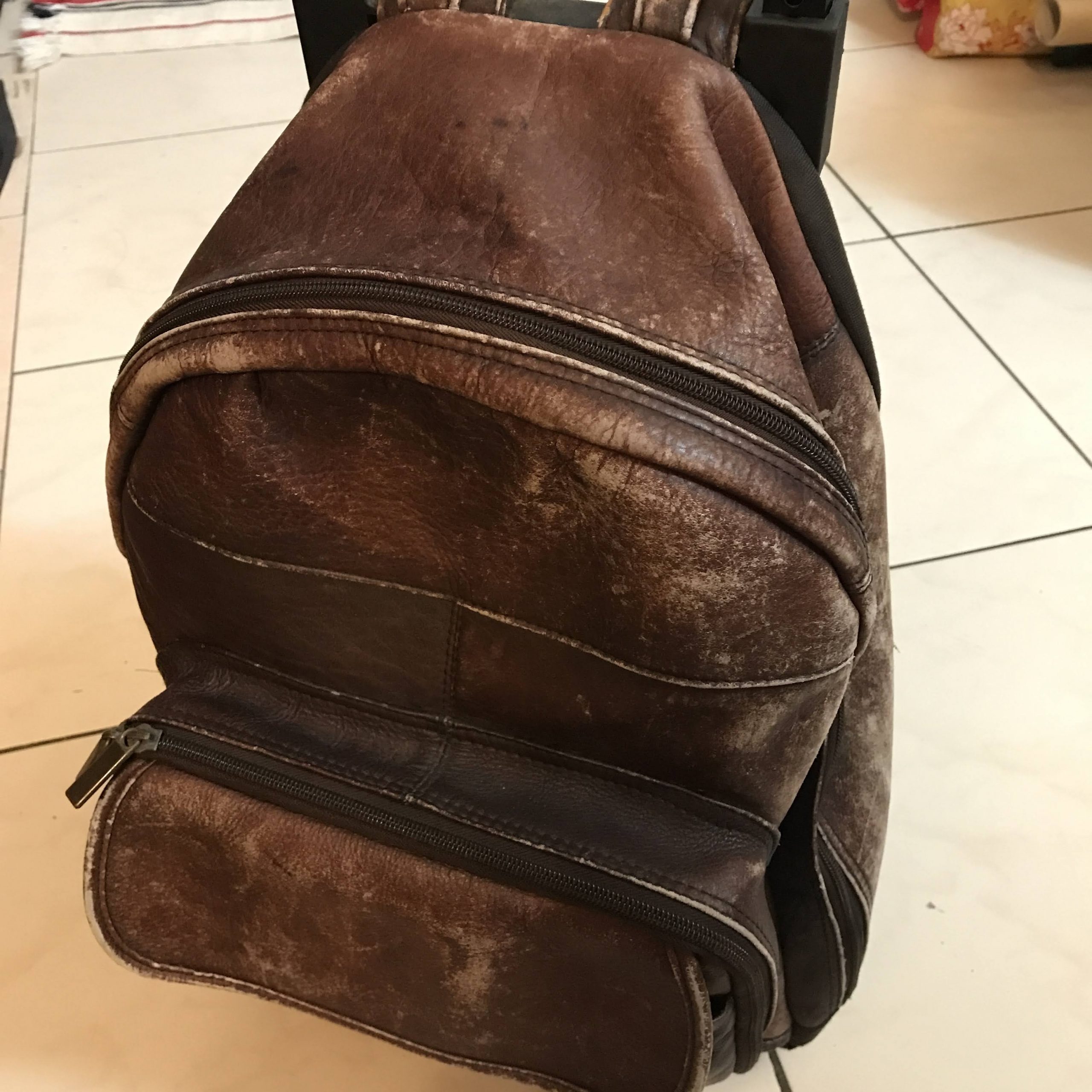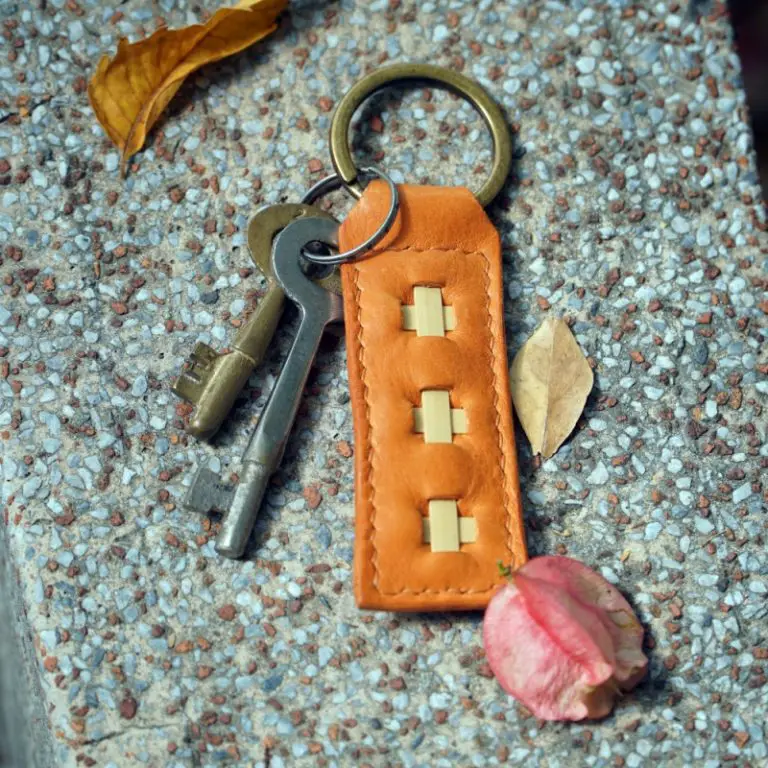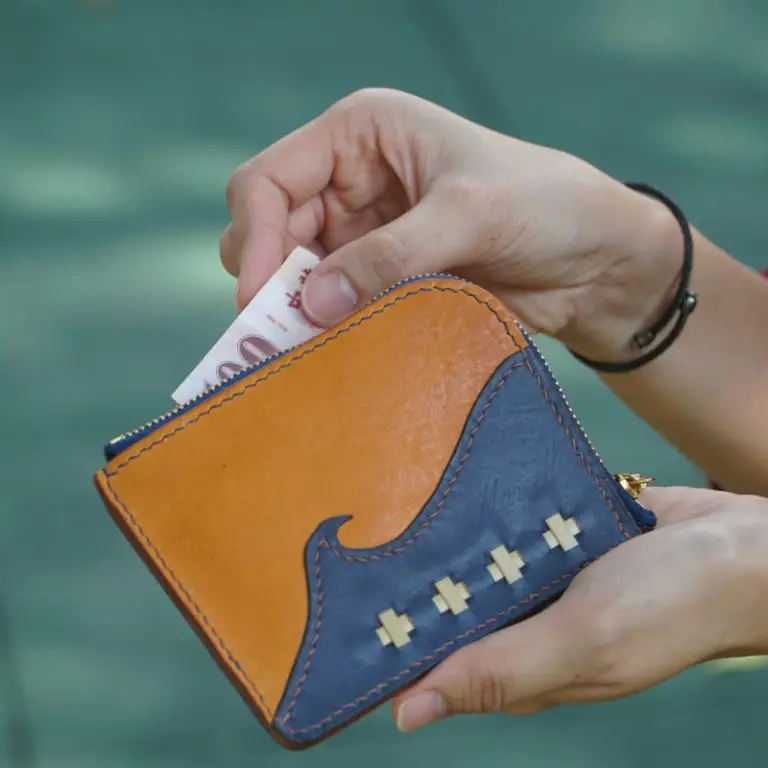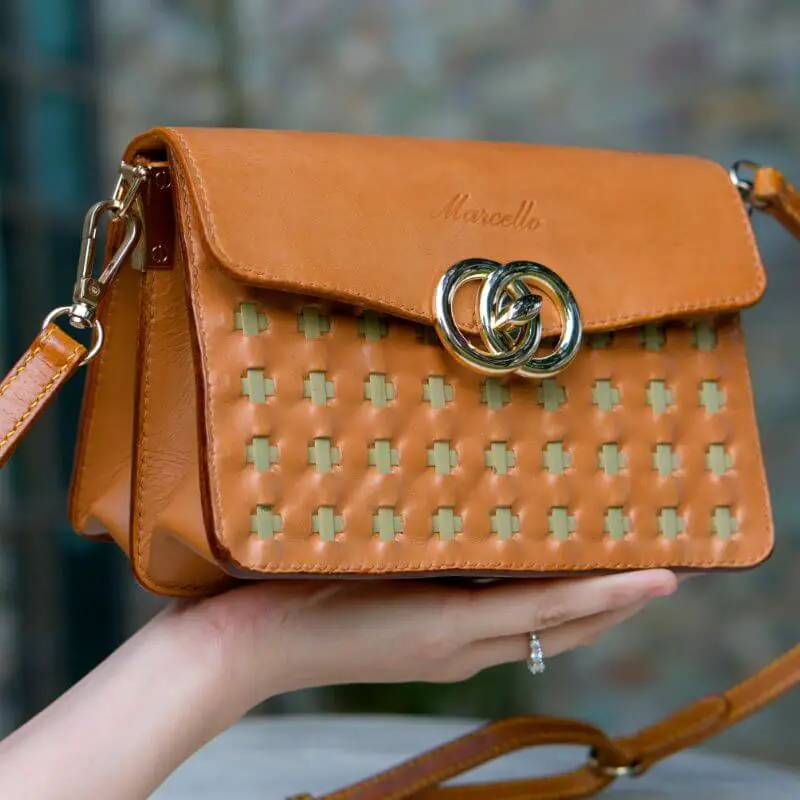You just bought a vintage backpack or purse and it looks faded, worn, and in need of repair? Or maybe you just found an old backpack you left in your closet for years. If the bag is made of genuine leather you can restore or repair it for further use.
Examine and List Damages or Repairs Needed
The first step to take is to examine and list out all the damages and repairs that are needed. Take the bag and look at the entire surface For scratches, scuff marks, and stains. Take note of any torn leather. and look for any stitching that has come loose or torn apart. And this includes the inner compartments of the bag as well. Are there any torn lining or Pockets that need repair?
Next, examine the hardware for scratches dents, or broken items. This could be loose rivets or broken chains and problems with zippers. And this includes zip pulls as well. You can examine the buckles on the back side to see if they are still fastened well. And if you have any handles or luggage-type wheels that need a repair please note that as well.
Determine Extent of Repairs to Leather and Hardware
There are so many parts of your backpack or purse that might be damaged and you have to determine which ones you will repair yourself or send out or just skip. Some things cannot be repaired by yourself and must be sent to a leatherworker to help you fix them. And some things are just not repairable or are not worth fixing.
If the bag or backpack is heavily faded then you might need to re-dye the leather. That takes special skills and is best left to a professional leatherworker to do, You might even consider skipping that, and just condition the leather for a vintage look. It’s costly to re-dye a faded bag and there are no guarantees of a job well done.
Other difficult repairs that require stitching and replacement of zippers are also more complicated. Those are best left to a purse repair shop or leatherworker. Broken hardware and loose rivets require special tools to fix, so unless you are willing to buy those and learn how to use them, send them out for repair. Straps might be replaced depending on the length and color you can accept.
Leather Damage & Repair
| Damage | Repair Yourself | Send for Repair | Skip Repair |
| Surface scratches | Yes | ||
| Faded leather | Yes | Maybe | Maybe |
| Scuff marks | Yes | ||
| Stains | Yes | ||
| Edge paint cracks | Yes | ||
| Peeling, flaking | Skip | ||
| Torn leather | Yes | ||
| Torn stitches | Yes | ||
| Inner liner torn | Yes | ||
| Pockets torn | Yes |
Hardware Damage & Repair
| Damage | Repair Yourself | Send for Repair | Skip Repair |
| Hardware scratches | Yes | ||
| Hardware tarnish | Yes | ||
| Hardware broken | Yes | ||
| Loose rivets | Yes | ||
| Broken chains | Yes | ||
| Broken zippers | Yes | ||
| Zip Pulls broken | Yes | ||
| Buckle damage | Yes | ||
| Handles damage | Yes | ||
| Luggage wheels | Yes | ||
| Strap damage | Yes | Replace |
Thorough Cleaning Inside And Out
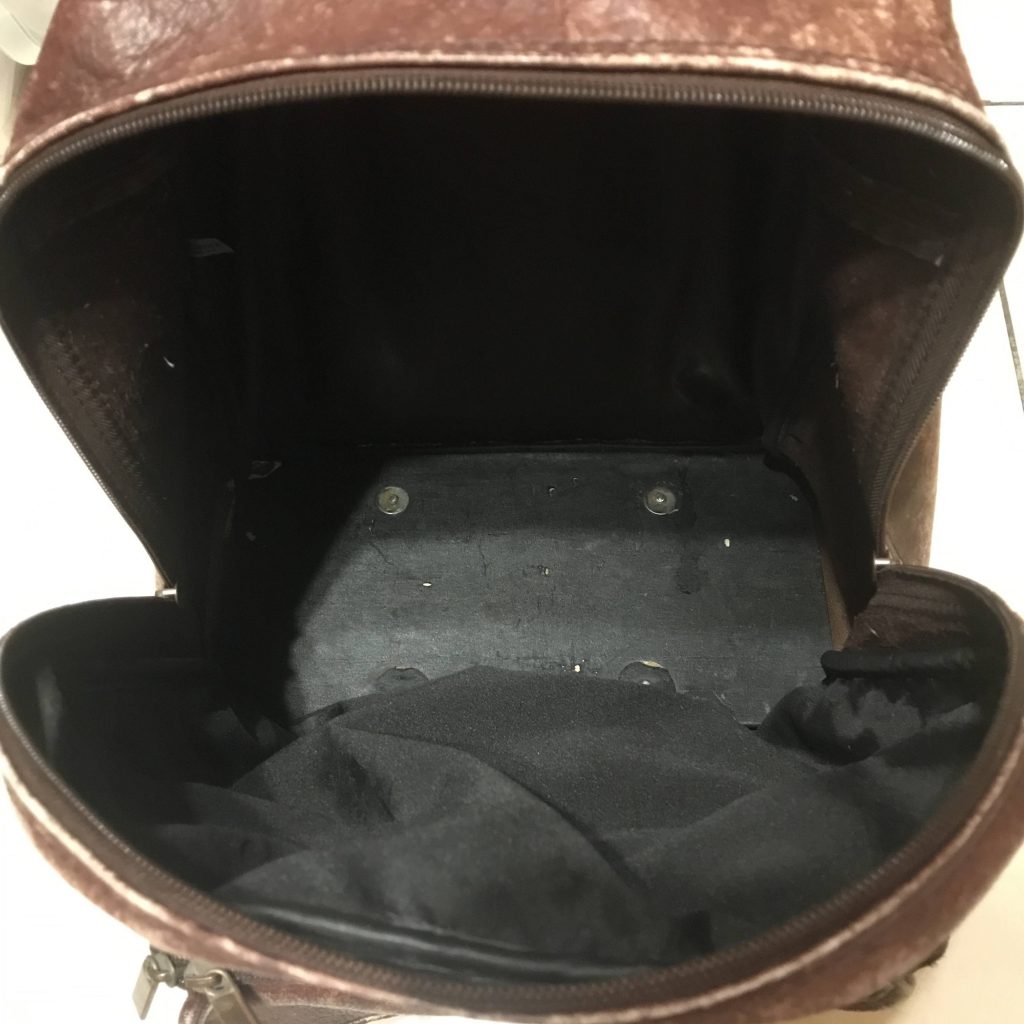
The next step of restoration is a thorough cleaning both on the outside surfaces and dinner compartments. That means you need to clean out every single compartment and remove the debris and possibly use a vacuum cleaner to suck all the dirt and dust out. All you need to clean good leather bags is a microfiber cloth this slightly damp.
Unless you are sure that the leather is uncoated it’s best to try an underside surface with some water. If the leather surface turns dark that means the surface of the leather is not sealed and you can easily use saddle soap or just a damp cloth to clean it. Saddle soap should be used if the bag is heavily soiled. But if the backpack it’s not very dirty it’s fine to just use a damp cloth and wipe it clean.
The final step is to let the leather dry completely and that might take one to 2 days just to let the water evaporate out naturally. do not place it in the sunlight or any keep Source because this can dry out and damage the leather. we recommend placing it in front of a fan on low speed to dry it more quickly.
Clean and Polish Hardware & Zippers by Yourself
The next thing you can do to restore your old handbag is 2 clean and polish the hardware with some metal polish compound. if you have brass hardware then a good cleaning product to use is Brasso. make sure you protect the area around the hardware and tape off underneath any areas to prevent getting the cleaner on your leather. You can easily damage and discolor the leather surfaces.
A great video to watch of somebody cleaning the zippers on a Louis Vuitton bag is below.
Cleaning the hardware on your backpack or handbag is very simple. You just apply the cleaner let it dry and then buff off. The cleaners are chemicals that eat through the tarnish and help brighten your Hardware so once again be careful not to get them on the leather surfaces. These are very simple things that you can do by yourself and you don’t need to send them out for repair or cleaning.
Deep Cleaning of Handles is Easy!
The handles of many bags and backpacks will undoubtedly be dirty after repeated use. Remember that your hands have oils and sweat and dirt it builds up over the years. If you don’t clean your handle regularly they will get dark and dirty. The recommended way of cleaning is still the same and you just use water and a damp cloth. the YouTube video below is a row cleaning of a Louis Vuitton purse handles and they recommend using distilled water which makes sense. They also use Lexol for some deep cleaning if you feel your handles are dirty.
But if your handles are faded like the ones here on the backpack I have there’s almost no leather dye left. These handles will have to be either re-dyed with some leather dye that’s close to the other surfaces, or you may consider leaving it and just condition the leather.
Repair Wheels or Extendable Handles?
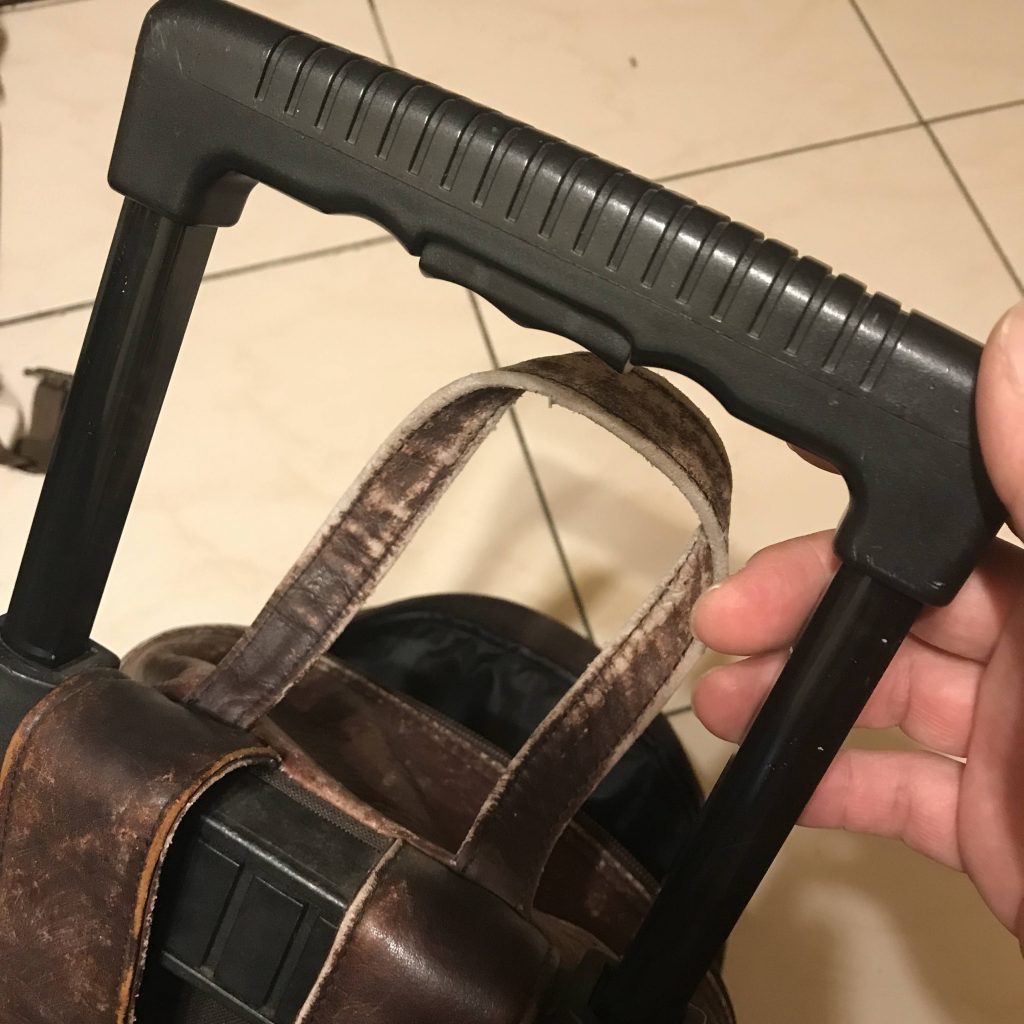
If you have any wheels or extendable handles that need repairing those are difficult. You’ll need to find replacement parts and that might not be possible. If they’re damaged you’ll need to send them out for repair at the luggage repair shop.
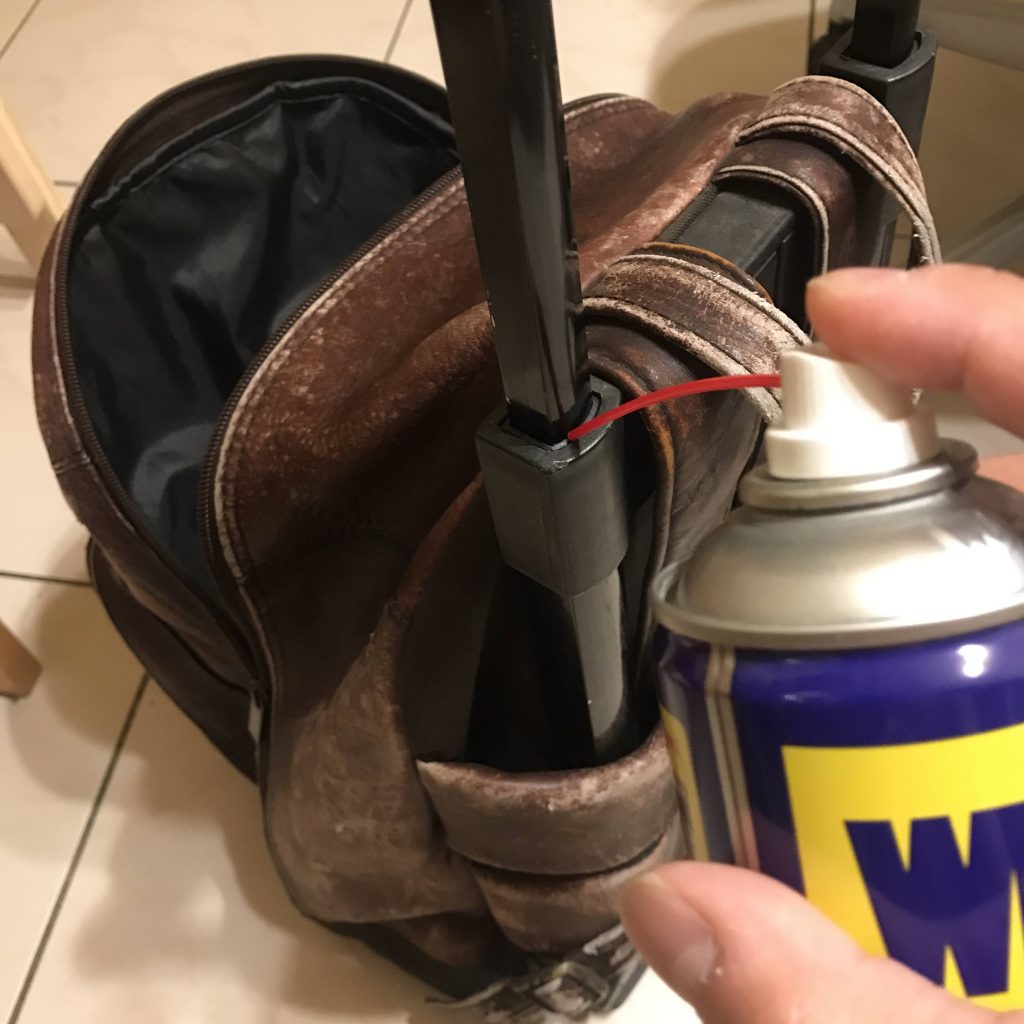
But if the handles are just a little tight and they get stuck you can add some lubrication inside to make them slide more smoothly. However, if they don’t lock in place or they’re hard to unlock then the mechanism is damaged and it probably needs replacing. It’s not an easy repair and this also should just be sent out to a luggage repair shop.
Fixing Torn Leather or Stitching
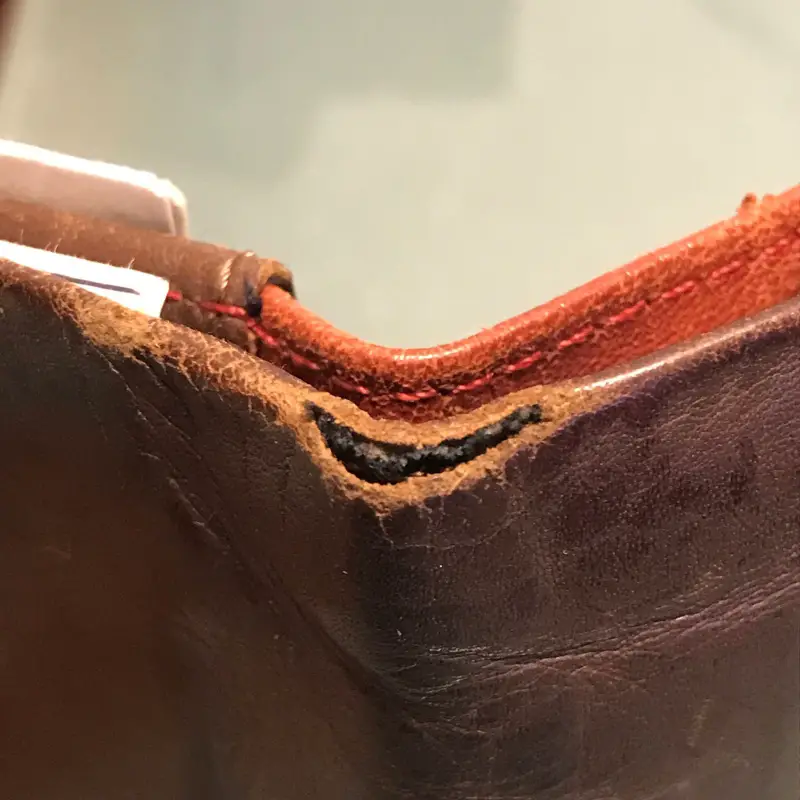
Torn leather or stitching can be repaired if the tears are not too extensive. But if you want to repair leather stitching by yourself you will need specialized tools and thread as well as leather sewing needles. It’s not advisable to machine sew any leather unless you have experience doing this because it requires a special heavy-duty sewing machine.
If your backpack or purse is torn at the seams then it’s possible this can be fixed rather easily. However, if the letter is torn where there are no stitches then it can only be patched or replaced. That kind of work requires the purse or backpack to be sent for repair. we also wrote a helpful article about wallet repair and is it worth it. Please check it out.
How to Handle Peeling or Cracked Leather
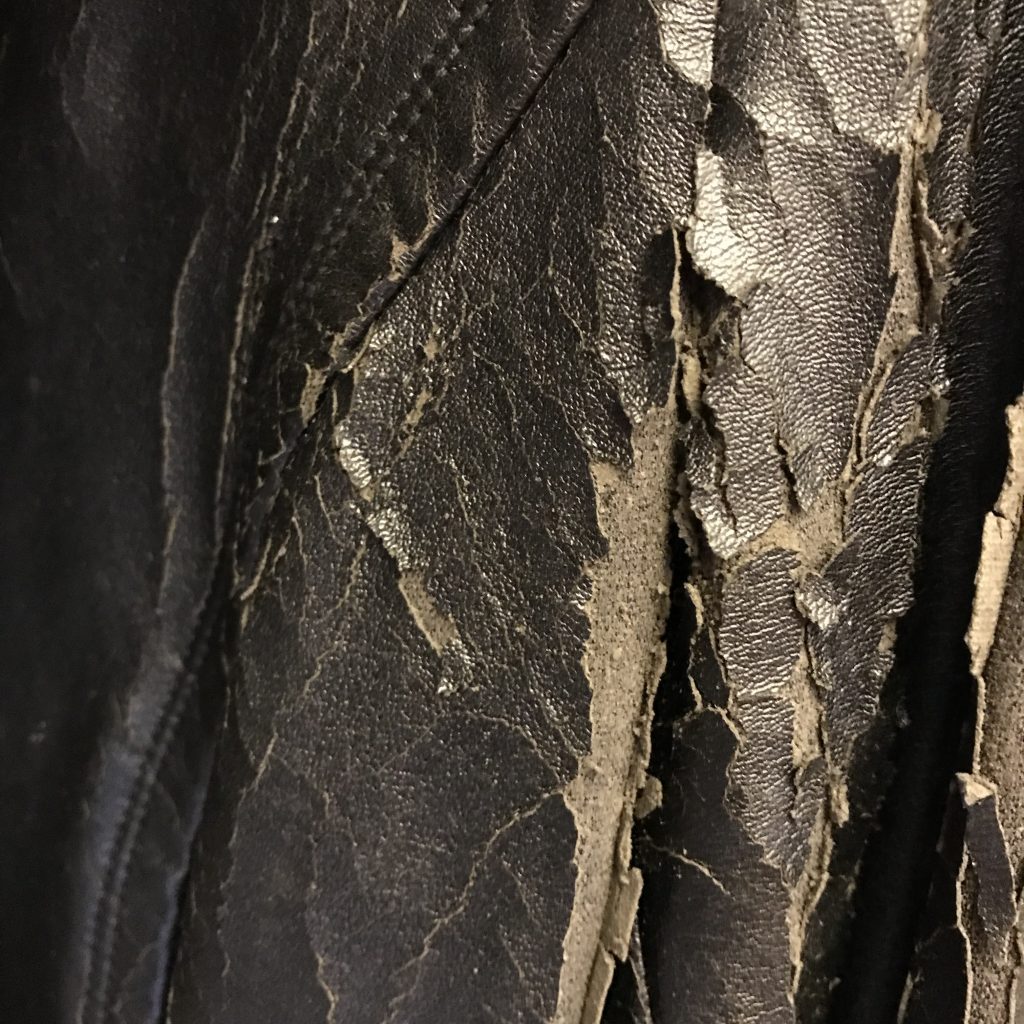
Peeling or cracked leather is a real problem that’s due to moisture and synthetic leather. If your purse or backpack has chilled sections of leather or cracked leather most likely this is low-quality leather. That kind of problem is difficult to repair because it’s not leather that can be conditioned or repaired. Cracked or peeling leather is when the outer synthetic plastic layer has delaminated from a fabric backing. So that is not a letter and it cannot be repaired.
However if the peeling or cracked leather is in a small area like a corner or an edge that is possible a leather repair shop can do a simple repair. They might select paint to cover the peeled or cracked leather. But this is a temporary fix and since that type of bag is not made of real leather it’s not going to last. So we would recommend not repairing any peeling or cracked handbags.
If you want to learn more about how to make sure your purses never peel again read the helpful article that we wrote specifically for this problem.
Leather Edges or Piping Repair
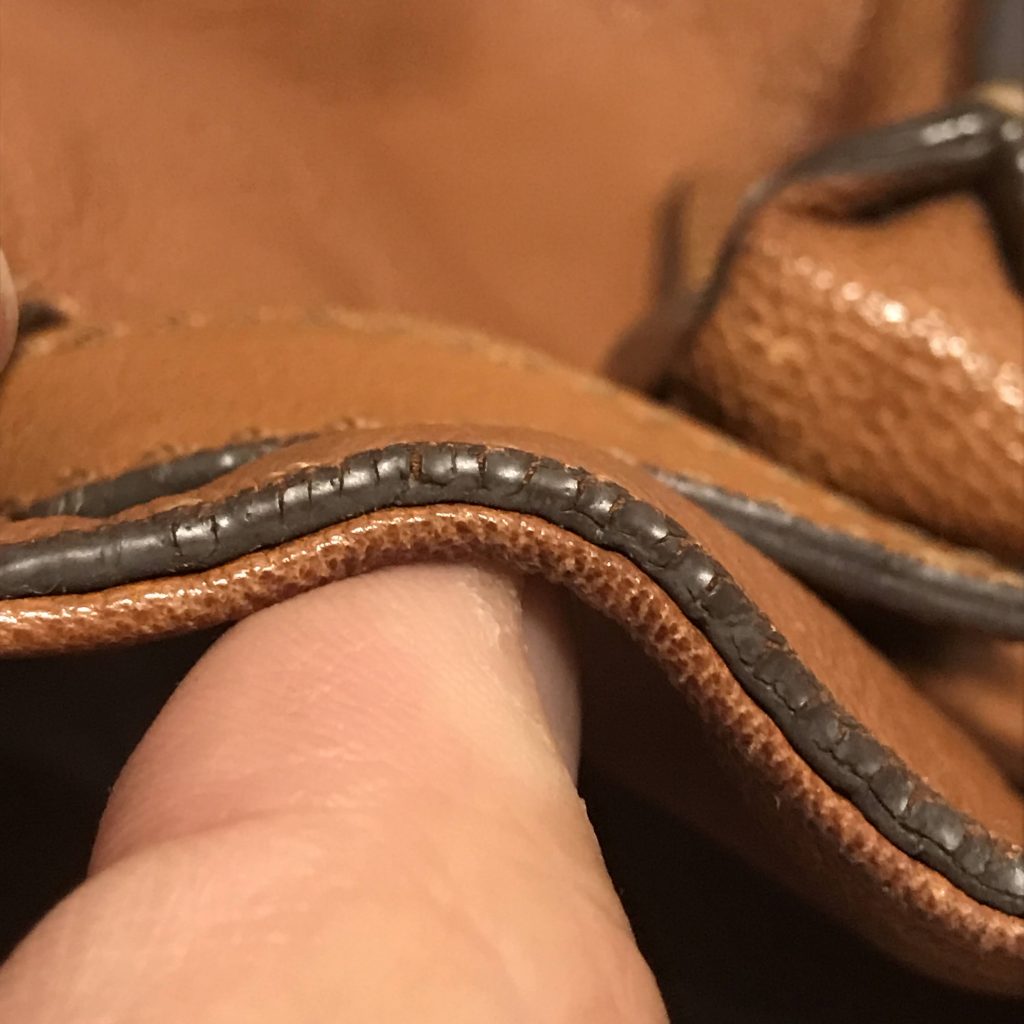
If your leather edges or piping needs repair this is a task best left to a professional leather worker. Leather edges might require sending and special preparation and chemicals. It’s not an easy task to repair leather edges. However, if your piping needs repair this is a similar repair to when you have peeling or cracked leather. You can also send this out for repair and they will likely paint over the damaged piping.
However, if you’d like to touch up some of the leather edges and you feel is not very serious you can try to do it by yourself. All you need to do is get some leather edge paint like the one we recommend here and you can use the deglazer first. This will prepare the surface for the leather edge paint. You can get a range of colors and try it out and of course, do it at your own risk. The usual process is to sand the area with some 600 to 800 grit sandpaper. And then apply leather edge materials.
Zipper Maintenance or Repair
Repairing zippers is a very delicate process and it’s recommended you send this out for professional repair. Zippers are one of the most difficult parts of leather making and require a lot of experience and tools. You also need access to the zipper materials and related Hardware as well. So if your zipper end stops your pull straps need repair we recommend sending them out.
Faded Leather Touchup & Re-Dying
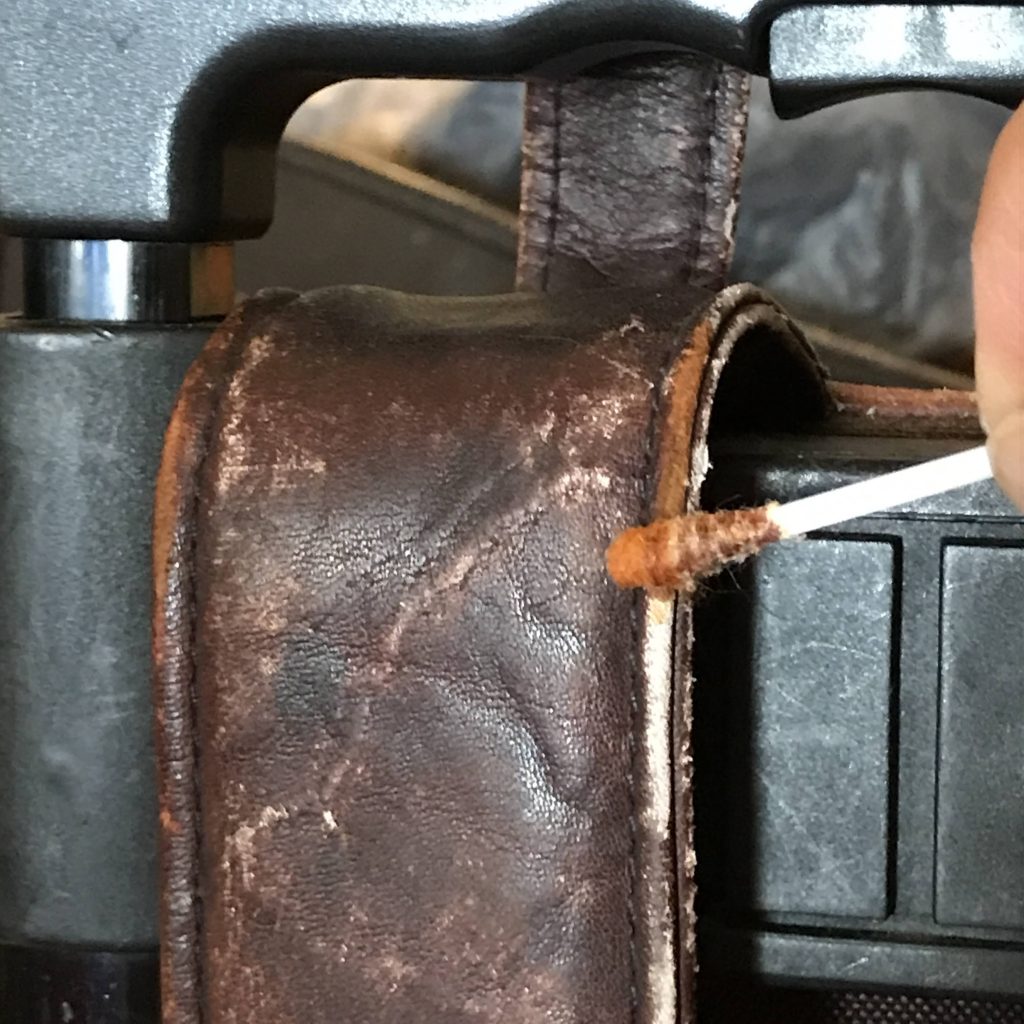
If your backpack or purse has faded leather this is a serious job as well. There are so many types of leather with different types of finishing that it makes the job of redying extremely challenging work. If you don’t know what type of processing the leather underwent at the Tannery or at where your purse was made then you can run into a lot of trouble working on this kind of faded leather.
Usually, if you need to re-dye a purse you have to have access to original colors or at least be able to mix the dyes yourself to get as close to the original color as possible. So this is a serious job that also we recommend you leave to a letter worker or a purse repair shop. Once again if your purse or backpack needs a very small area to be retouched then certainly you can give it a shot but it’s also not recommended because you can damage the first Beyond repair with the wrong guy and process.
Leather Conditioning of the Surfaces
Leather conditioning of the surfaces it’s probably the easiest part that you can do by yourself. We recommend using leather honey or just plain mink oil. As with any leather conditioning product you should give it a try in a very small area, it’s inconspicuous on your back. Work it into the surface and watch what happens. Once it dries, buff it out and see if you can accept how the letter product works on your bag or backpack.
With scuff marks and scratches, you need to spend extra time and these areas with the leather conditioner. Depending on how dry the letter has then we’ll determine how many times you’ll need to work the letter conditioning materials into the leather. But natural leather is easily scratched and some people find these kinds of natural scratching to be desirable. If you want to get rid of scuff marks and scratches then you’d better send it out for professional repair because those are not easy to handle. Especially depending on how deep the scuffs and scratches are.
Once you’ve worked the letter condition into the surface you can let it for a while and then buff it until it gets to a nice bright sheen. You might have to work on the conditioning a few times and apply a few layers depending on how dry the leather is. This last step in restoring an old leather backpack or handbag is the most rewarding because when you’re done, it will look amazing again we hope. Once you get your bag to this acceptable level of restoration, we advise you to keep it clean and store it properly so it stays well oiled, clean, dry, and free of mold. Because those things will damage your purse or backpack.
